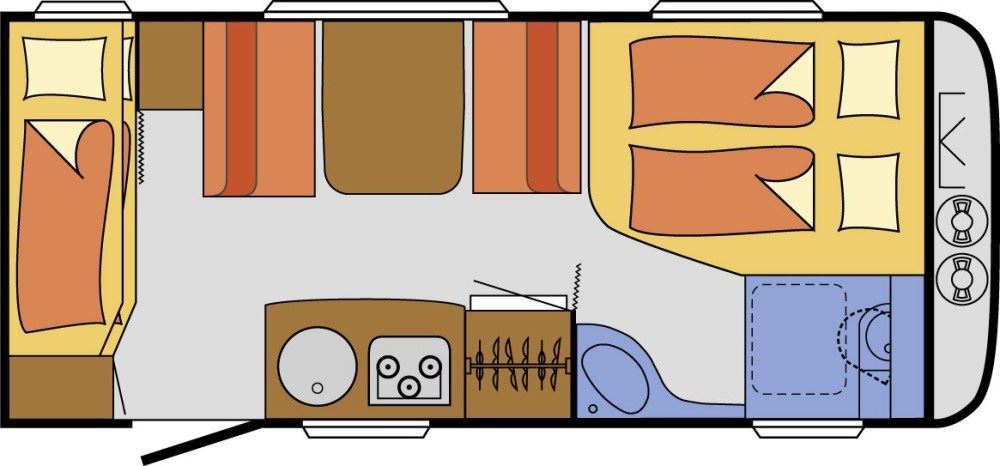
Where does the chemical digestion of proteins begin? What organs are involved in chemical digestion? What is the definition of chemical digestion? Chemical digestion involves the secretions of enzymes throughout your digestive tract. These enzymes break the chemical bonds that hold food particles together.
This allows food to be broken down. About of the western diet is in the form of amylose. Amylose is not highly branched and consists mainly of long chains of glucose linked by α1:linkages. The process begins in the mouth, continues in the stomach and ends when the digested particles move through the small intestine for absorption. Saliva has an enzyme known as amylase that is important in breaking down carbohydrates.
As an enzyme, amylase is a type of protein that undergoes a biochemical reaction to change one molecule into another molecule. Most chemical digestion , however, occurs. Food can be digested by a combination of two methods – mechanical digestion and chemical digestion. The stomach contains gastric glands which release digestive acids to create a low pH environment (pH ~2) The acidic environment functions to denature proteins and other macromolecules, aiding in their overall digestion. In certain organisms, these smaller substances are absorbed through the small intestine into the blood stream.
During digestion larger molecules are broken down into smaller ones. The saliva in your mouth contains amylase, which is another starch digesting enzyme. Carbohydrase enzymes break down starch into sugars. If you chew a piece of bread for long enough, the starch it. In this section, you will look more closely at the processes of chemical digestion and absorption.
The following demonstrates the whole way that digestion actually works: 1. Mouth In the mouth, larger pieces of food are chewed into pieces by the teeth and by mastication. In total, three pairs of glands work together to produce saliva, which alters the chemical structure of ingested food materials. The pharynx is the part of the digestive. According to MA Exam Help, the paroti submandibular and sublingual glands all play a part in producing saliva secretions inside the mouth. Mechanical and chemical digestion are two digestive mechanisms that facilitate the absorption and excretion of food ingested by animals.

Mechanical digestion is the mechanical breakdown of food into small particles. It occurs from mouth to stomach. A specialized protein, salivary amylase, is present in saliva and acts to break down the sugars in food. The role of lysosomes in intracellular digestionDigestion in protozoan organisms such as amoebas and paramecia takes place when a food particle is encased in a food vacuole.
Digestion is where nutrients in food are broken down into their component parts. The vacuole and a lysosome unite, forming a digestive vacuole, and the products of digestion are absorbed across the vacuolar membrane. The digestive system is made up of the gastrointestinal tract—also called the GI tract or digestive tract—and the liver, pancreas, and gallbladder.

The GI tract is a series of hollow organs joined in a long, twisting tube from the mouth to the anus. The hollow organs that make up the GI tract are the mouth, esophagus, stomach, small. The process by which food is broken down into simple chemical compounds that can be absorbed and used as nutrients or eliminated by the body.
In most animals, nutrients are obtained from food by the action of digestive enzymes. When you bite off a piece of bread and chew, you begin digestion , but you could never absorb nutrients if the process stopped there. This procedure begins in the mouth, continues in the stomach, and ends in the small intestines. Digestive enzymes are the primary coordinators of chemical digestion.

The mouth is the beginning of both mechanical and chemical digestion. Chewing breaks the food into smaller pieces and the saliva wets the food but also adds an enzyme called amylase that begins. The stomach is a pear-shape thick elastic, muscular pouch that helps in the breakdown and digestion of food. Stomach can be able to change its size and shape according to the body position and amount of food taken. The enzymes and acid in the stomach continue chemical digestion , but the bulk of chemical digestion takes place in the small intestine thanks to the action of the pancreas.
Bacteria in your GI tract, also called gut flora or microbiome, help with digestion. Parts of your nervous and circulatory.
Žádné komentáře:
Okomentovat
Poznámka: Komentáře mohou přidávat pouze členové tohoto blogu.